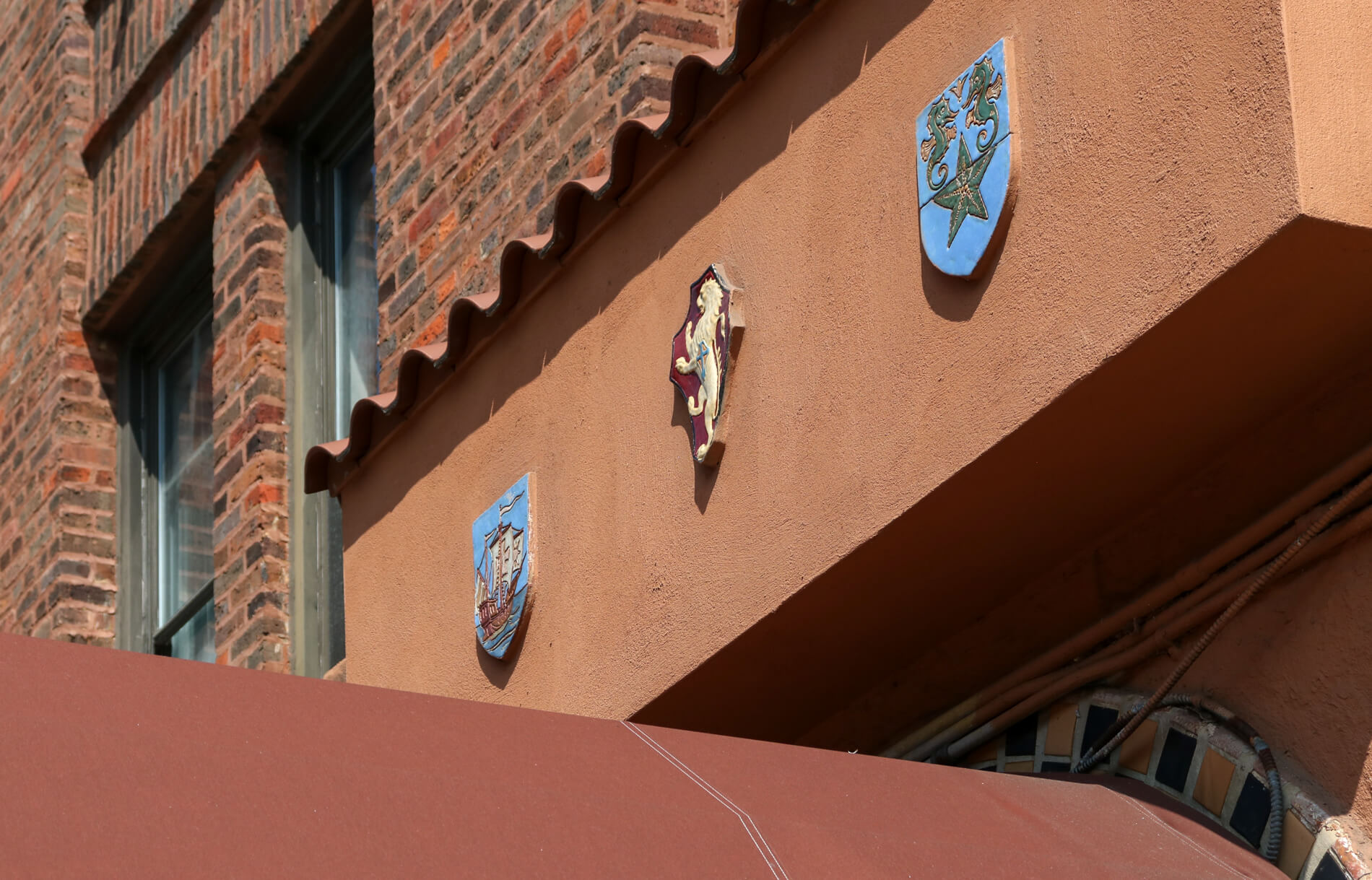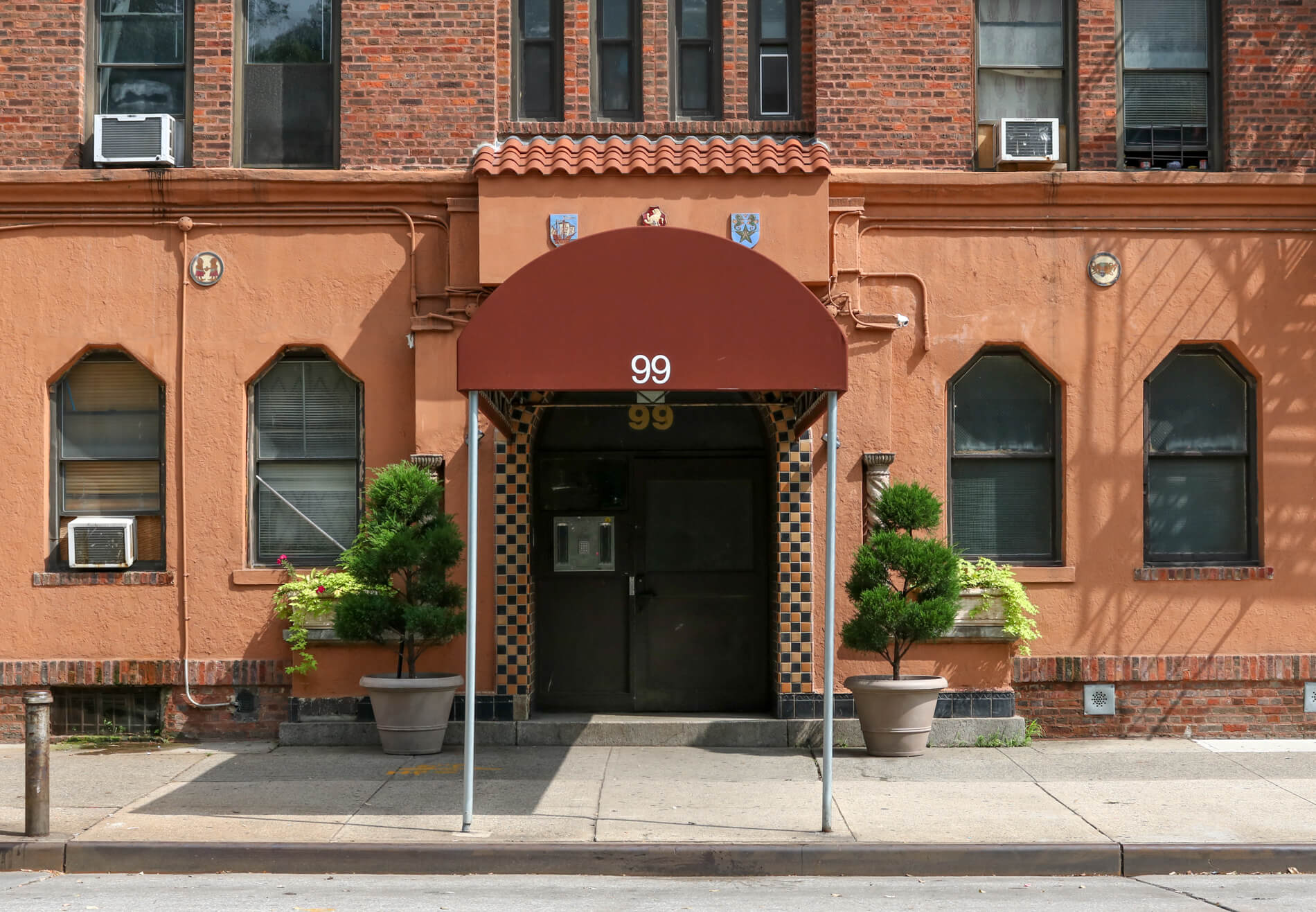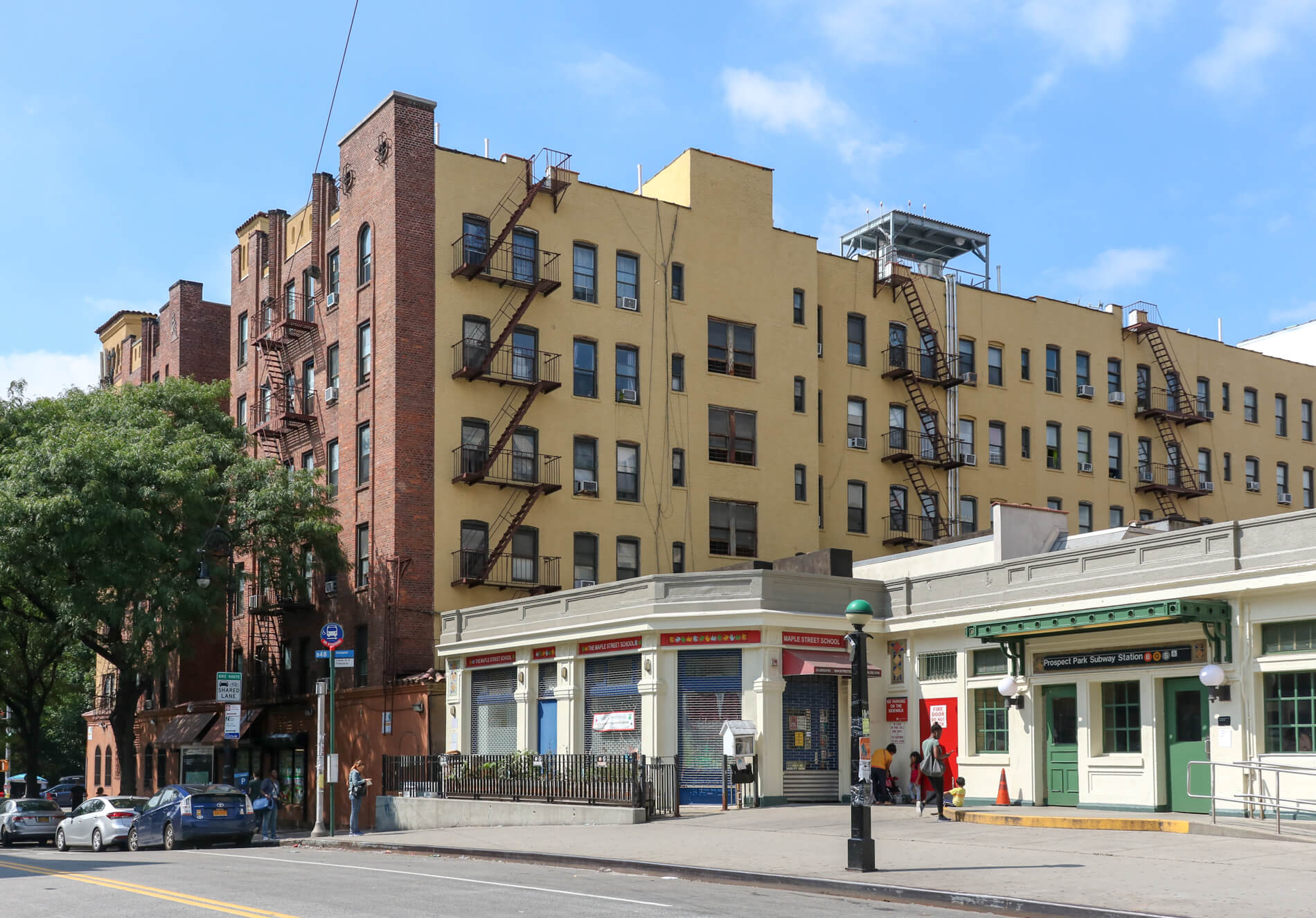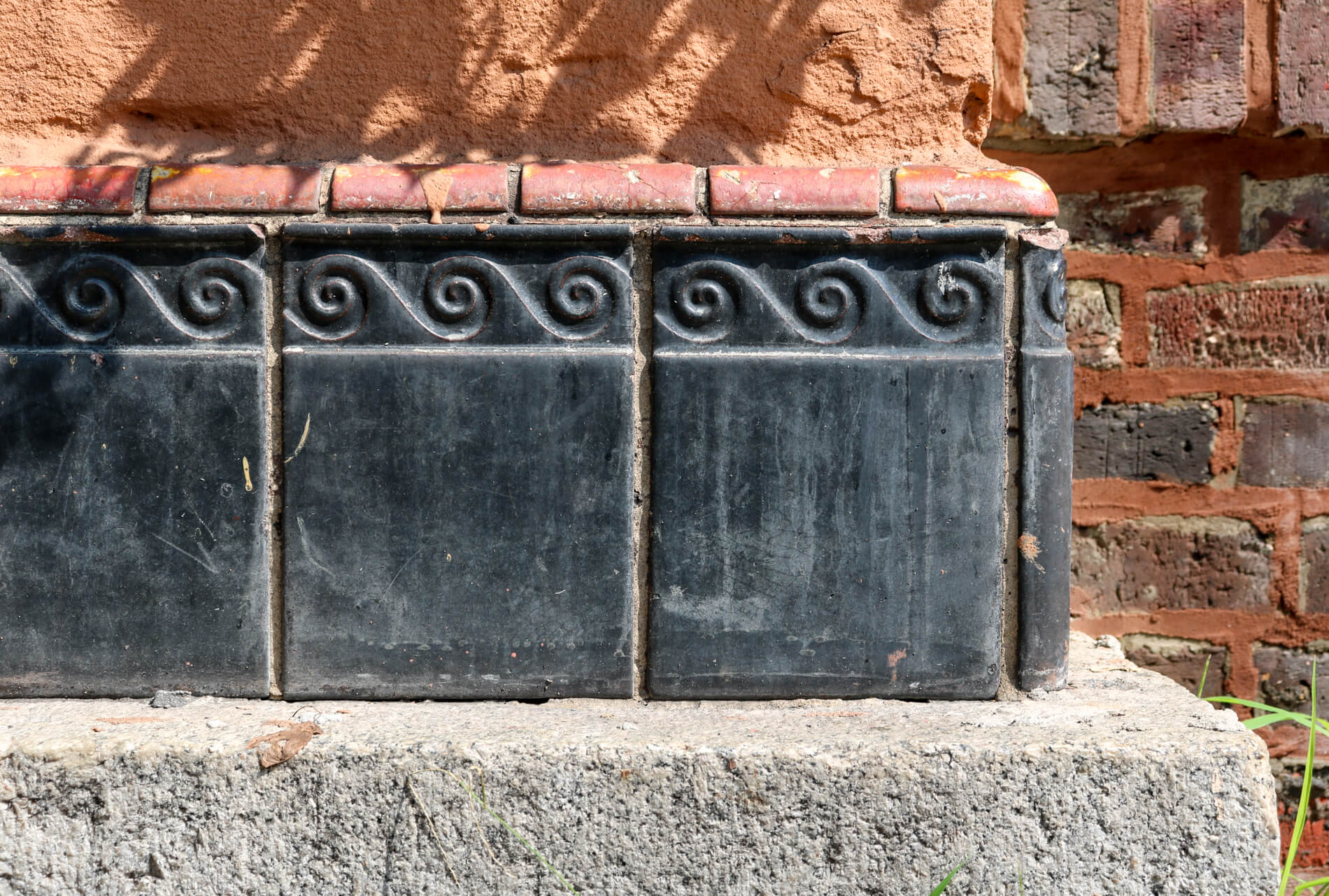Mediterranean Deco Apartments With Extra Ornamental Zing Stand Out on Ocean Avenue
While the second half of the 19th century was the age of the urban house in Brooklyn, the 1920s and ‘30s were the age of the six-story apartment building.

Editor’s note: This story originally ran in 2015 and has been updated. You can read the previous post here.
While the second half of the 19th century was the age of the urban house in Brooklyn, the 1920s and ‘30s were the age of the six-story apartment building.
As more and more people moved out of the crowded areas of Lower Manhattan and Williamsburg, they flocked to the hundreds of six-story apartment buildings going up across upper Manhattan, the Bronx, Brooklyn and parts of Queens.

The architecture of these buildings can typically be classified under one of three stylistic themes. The first was a WASP-y classy Colonial Revival, the second was Art Deco modern swank, and the third was a Mediterranean-exotic-historical-theme-park kind of refined kitsch.
While all three have their beauty and charm, I’m especially fascinated by the creative style of third, the style of 99 Ocean Avenue in Prospect Lefferts Gardens.
The apartment complex was built in 1927 for developer Julius Spitzer (no apparent relation to Eliot Spitzer or his developer father, Bernard).

The building has an exotic Mediterranean- or Spanish-influenced style of architecture. It’s a classic, six-story late ‘20s building with some extra ornamental zing. The architect, Boris Dorfman, was a master of this stuff.
The Russian-born Jewish architect came to the United States when he was 21 years old, in 1903. His first architectural job was with the office of Bradford Lee Gilbert, a now-unknown architect credited for designing the first skyscraper in New York City — the Tower Building, in lower Manhattan. (It’s long gone.)
Dorfman went into private practice in 1913. He was a member of the AIA and the Brooklyn Society of Architects.

During the 1920s and 30s, he churned out apartment buildings all over the city. He was proficient in the Colonial Revival style, which he used at 420 Clinton Avenue in Clinton Hill. He was also quite adept with the popular Tudor/Medieval style, which he employed at 145 Lincoln Road, a few blocks away from 99 Ocean.
Dorfman designed other apartments on Ocean Avenue, buildings for Maimonides Hospital, and 818 Flatbush Avenue — a wonderful two-story commercial building at the corner of Caton Avenue.
Dorfman appears to have been well connected and well financed. The commercial building on Flatbush is covered with the same Art Deco ornament as Manhattan’s Chanin Building and may have been by Rene Chambellan, one of the Deco period’s greatest artists and in very high demand.

Here on Ocean Avenue, Dorfman designed a building with a stand-out physical presence. The Mediterranean towers on the corner and mid-building are highlighted in gold stucco. Ornamental loggias top the towers, with Venetian-style windows.
The Art Deco elements of the building are also strong, creating a strange, but effective aesthetic tension.

Like it, or not, it is memorable. And that’s what his clients wanted: a memorable park-side building on Ocean Avenue, on a block of what could have been indistinguishable six-story apartment buildings. The building today has 83 apartments and two commercial tenants.
Boris Dorfman worked his entire life. He retired only six months before he died at the age of 82. His buildings, both known and yet to be rediscovered, are in every borough of the city.
[Photos by Susan De Vries]
Related Stories
- French Apartment Living in Stuyvesant Heights
- The Story of Brooklyn’s Lady Developers, Architects and Builders
- Greenpoint’s Astral Apartments: A Building Ahead of Its Time
Email tips@brownstoner.com with further comments, questions or tips. Follow Brownstoner on Twitter and Instagram, and like us on Facebook.





What's Your Take? Leave a Comment